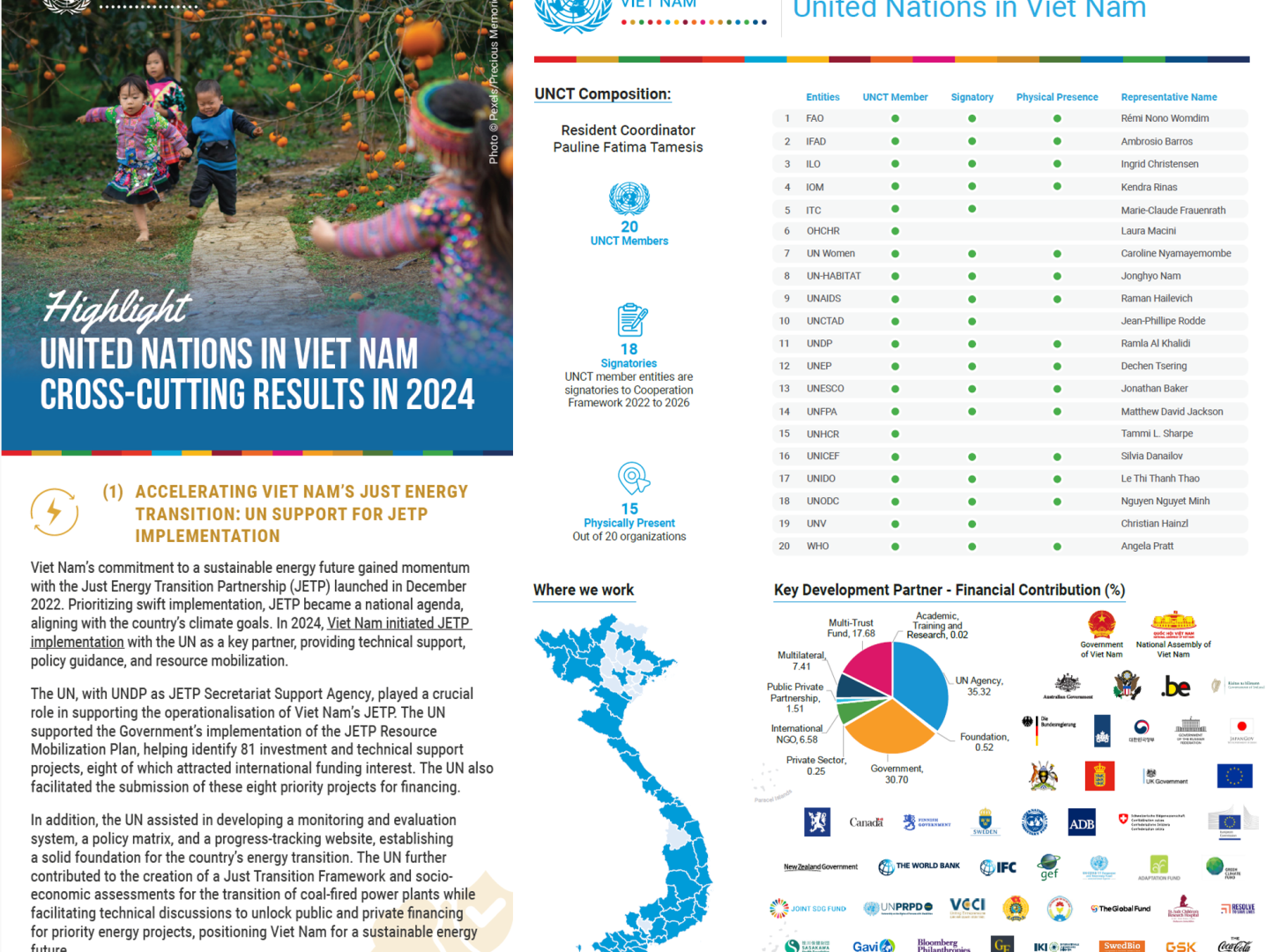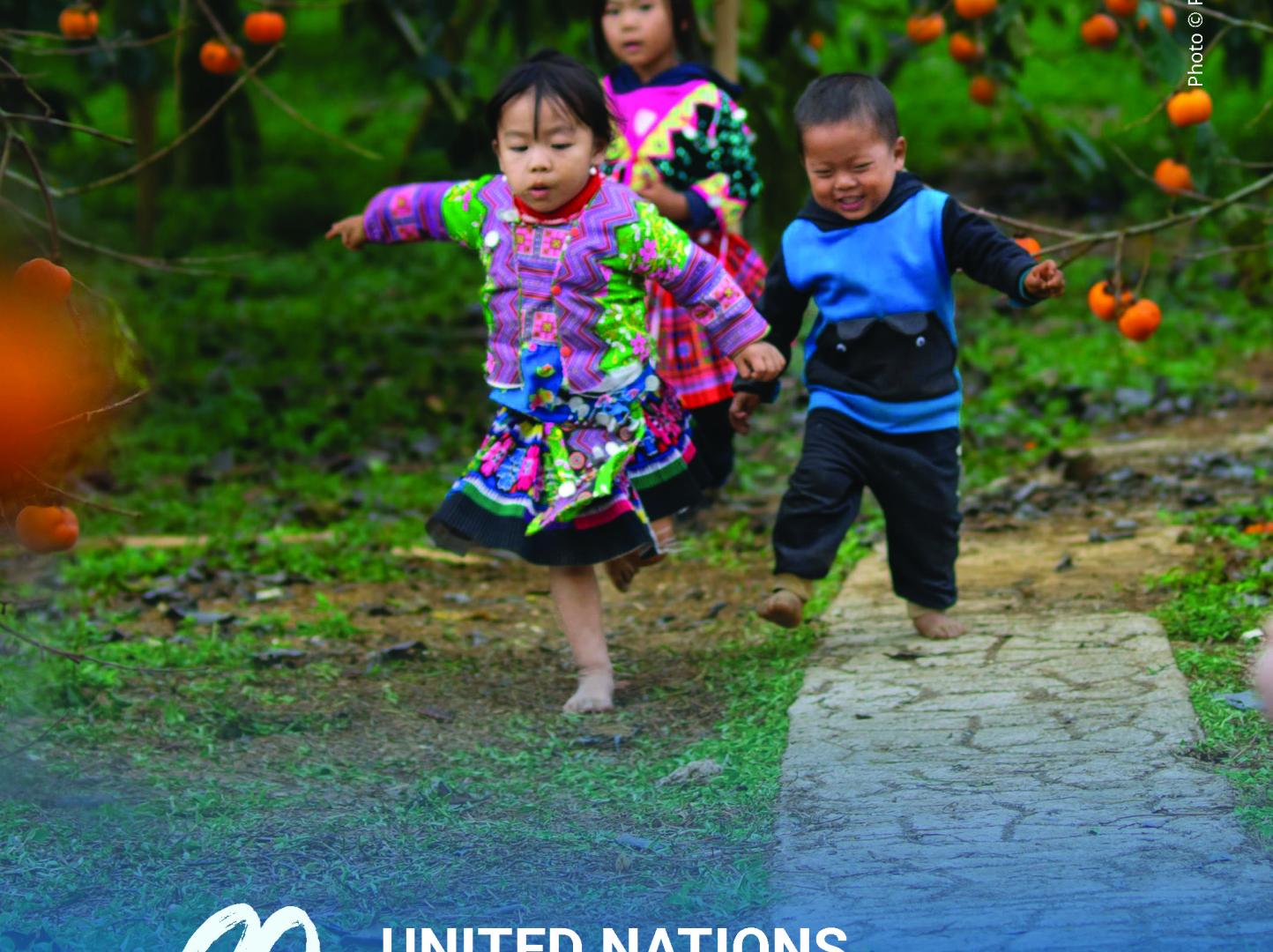VIET NAM: JOINT RESPONSE PLAN MULTIPLE TYPHOONS AND FLOODS (2025)

In 2025, Viet Nam faced one of its most severe and prolonged typhoon seasons in decades. Eleven typhoons and tropical depressions struck or influenced the country between May and early October, bringing relentless rains, floods, and landslides across northern and central provinces. The compounding impact of these consecutive events, particularly Typhoon No. 10 (Bualoi) and Typhoon No. 11 (Matmo), triggered extensive humanitarian needs and widespread damage to housing, infrastructure, and livelihoods.
Typhoon Bualoi made landfall between Quảng Trị and Hà Tĩnh provinces on 28–29 September, delivering torrential rainfall exceeding 400–500 mm in some areas. Within days, Typhoon Matmo added heavy rainfall to already inundated basins. The two storms arrived less than a week apart, overwhelming drainage systems, breaching river dykes, and cutting road access across multiple provinces.
As of 14 October, across the country, the Viet Nam Disaster and Dyke Management Authority (VDDMA) reported 85 deaths, 11 missing persons, and 199 injured, mostly due to floods and landslides linked to Bualoi and Matmo with more than 546,000 houses were damaged, inundated, or unroofed. At least 171 health facilities and over 1,600 schools sustained damage, while hundreds of roads and bridges were destroyed or rendered impassable.
Agricultural losses were also significant. Over 206 hectares of agriculture land were damaged, together with 63 dykes and nearly 650 irrigation systems. Power outages affected more than 3 million people, and about 210,000 households remained without electricity in early October. In major urban centers, including Hà Nội, floodwaters disrupted public transport, closed schools for some 2.5 million students, and caused localized shortages of clean water.
The Government of Viet Nam activated its national disaster response mechanism immediately after Bualoi’s landfall, mobilizing local authorities, rescue forces, and resources for mass evacuations and emergency relief. Over 53,000 people were pre-emptively evacuated from high-risk areas, while military and police units conducted search-and-rescue operations in mountainous areas. Above-average rainfall persisted through mid-October, posing secondary flooding and landslides in the northern regions.















